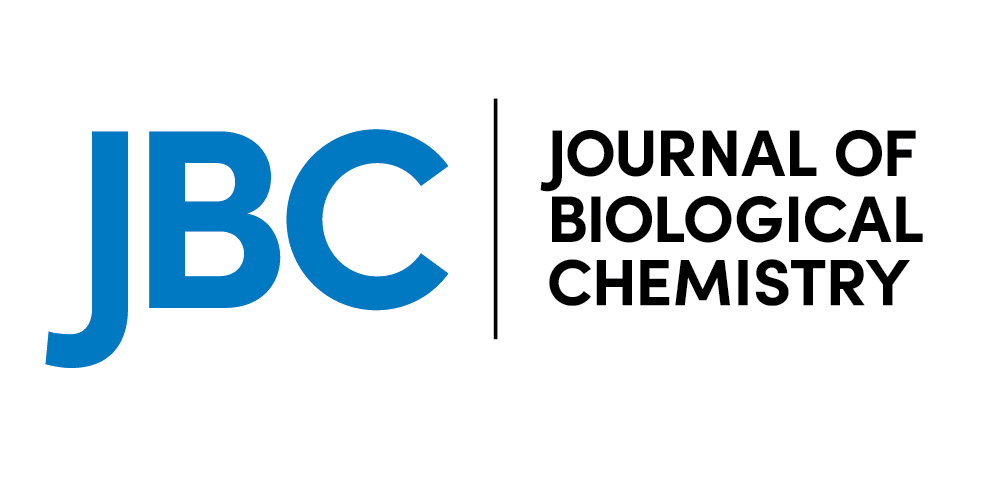Objective
Multiple clinical trials fail to identify clinically measurable health benefits of daily multivitamin and multimineral (MVM) consumption in the general adult population. Understanding the determinants of widespread use of MVMs may guide efforts to better educate the public about effective nutritional practices. The objective of this study was to compare self-reported and clinically measurable health outcomes among MVM users and non-users in a large, nationally representative adult civilian non-institutionalised population in the USA surveyed on the use of complementary health practices.
Design
Cross-sectional analysis of the effect of MVM consumption on self-reported overall health and clinically measurable health outcomes.
Participants
Adult MVM users and non-users from the 2012 National Health Interview Survey (n=21 603).
Primary and secondary outcome measures
Five psychological, physical, and functional health outcomes: (1) self-rated health status, (2) needing help with routine needs, (3) history of 10 chronic diseases, (4) presence of 19 health conditions in the past 12 months, and (5) Kessler 6-Item (K6) Psychological Distress Scale to measure non-specific psychological distress in the past month.
Results
Among 4933 adult MVM users and 16 670 adult non-users, MVM users self-reported 30% better overall health than non-users (adjusted OR 1.31; 95% CI 1.17 to 1.46; false discovery rate adjusted p<0.001). There were no differences between MVM users and non-users in history of 10 chronic diseases, number of present health conditions, severity of current psychological distress on the K6 Scale and rates of needing help with daily activities. No effect modification was observed after stratification by sex, education, and race.
Conclusions
MVM users self-reported better overall health despite no apparent differences in clinically measurable health outcomes. These results suggest that widespread use of multivitamins in adults may be a result of individuals' positive expectation that multivitamin use leads to better health outcomes or a self-selection bias in which MVM users intrinsically harbour more positive views regarding their health.






